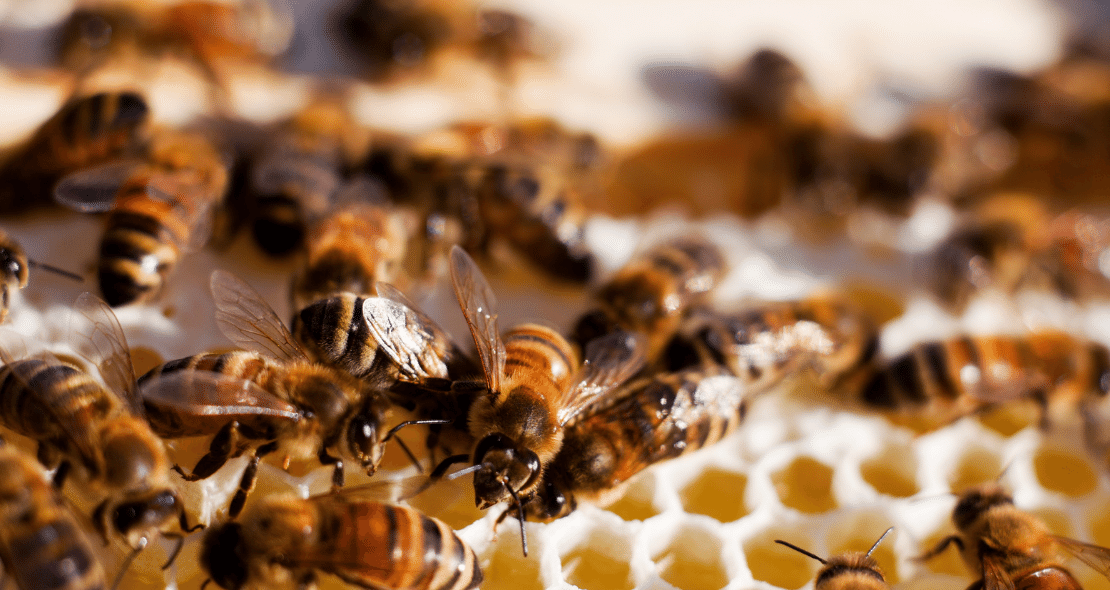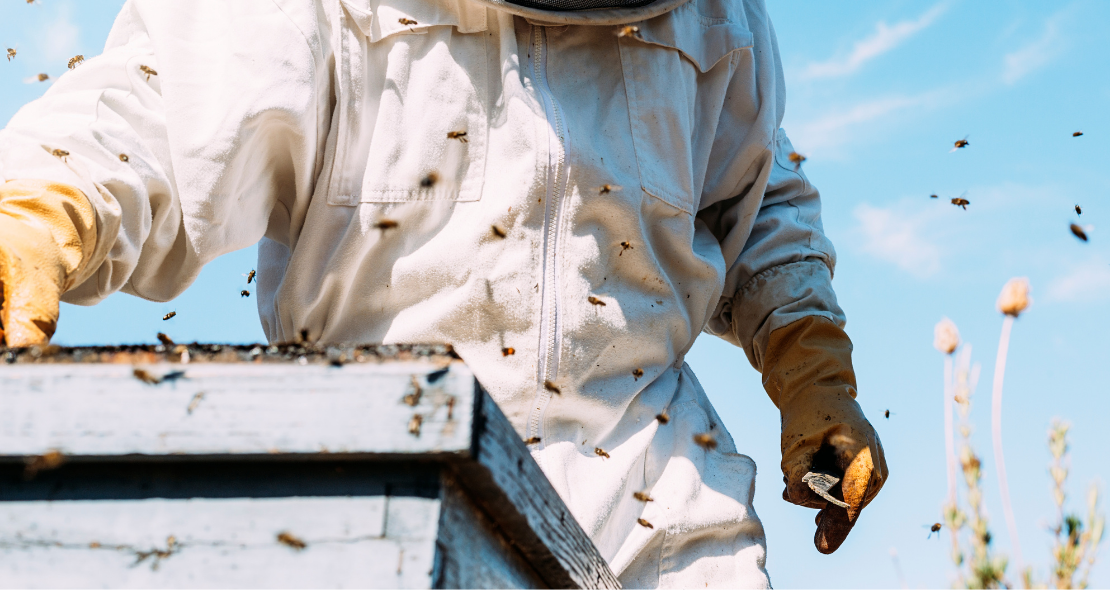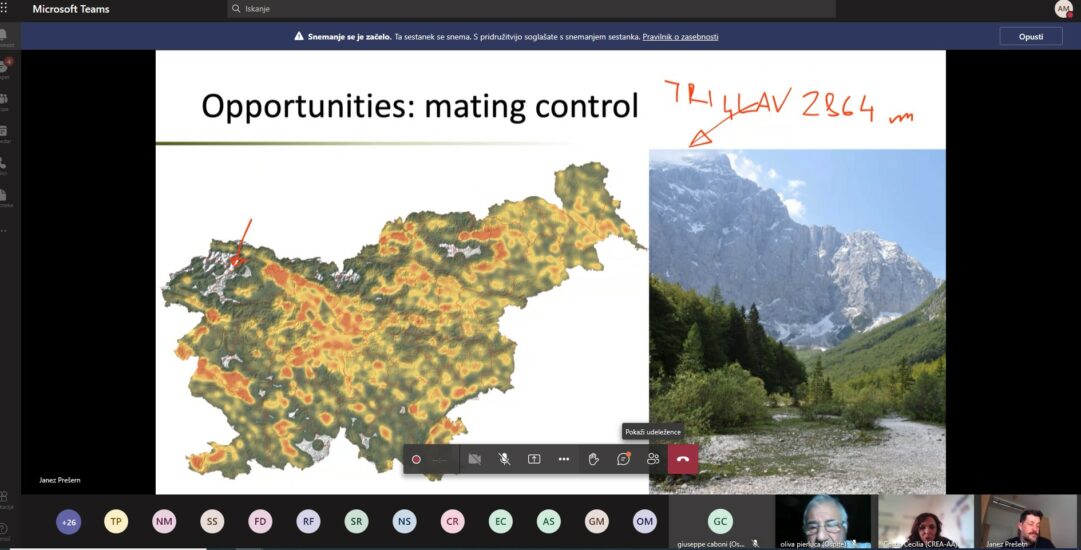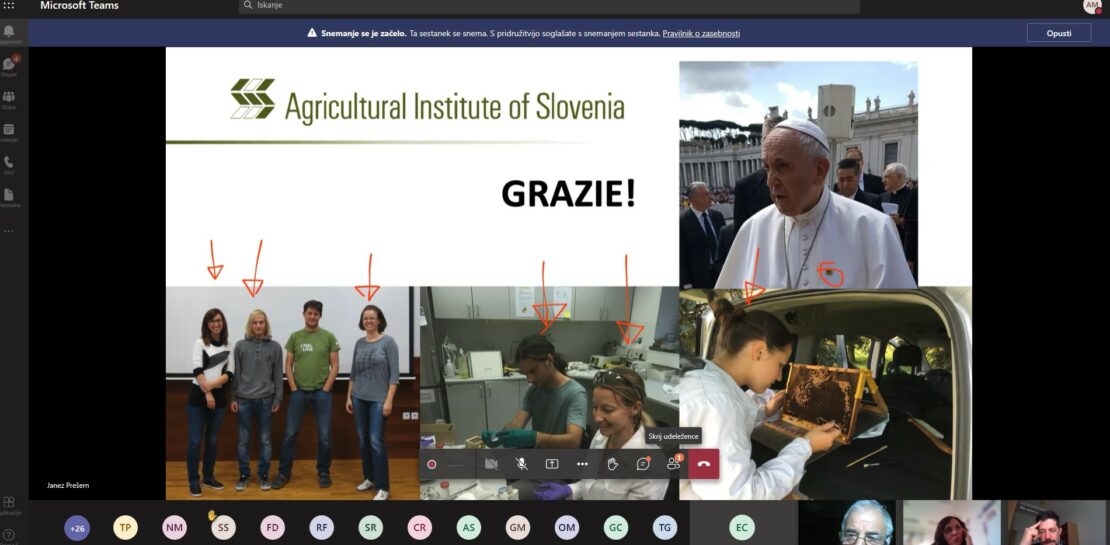To discuss honeybee mating, selection and other related topics within the scientific community, the BeeConSel organizes regular Journal Club – JClub meetings with students and researchers from our team and beyond.
By now, we have discussed the following topics:
4.2.2021
Chapman NC, Lim J, Oldroyd BP. Population genetics of commercial and feral honey bees in Western Australia. J Econ Entomol. 2008; 101(2):272-7.
14.1.2021
Plate M, Bernstein R, Hoppe A, Bienefeld K. Long-Term Evaluation of Breeding Scheme Alternatives for Endangered Honeybee Subspecies. Insects. 2020; 11(7):404.
7.1.2021
Tihelka E., Cai C., Pisani D. et al. Mitochondrial genomes illuminate the evolutionary history of the Western honey bee (Apis mellifera). Sci Rep. 2020; 10:14515
24.11.2020
Loper G, Wolf W, Taylor O. Honey Bee Drone Flyways and Congregation Areas: Radar Observations. Journal of the Kansas Entomological Society. 1992; 65(3):223–230.
17.11.2020
Pechhacker H. Physiography influences honeybee queen’s choice of mating place (Apis mellifera carnica Pollmann). Apidologie. 1994; 25(2):239–248
a
If you are a student or a researcher interested in honeybee mating/selection and would like to join our JClub, contact us at beeconsel@kis.si. We are always happy to welcome new faces and points of view.










